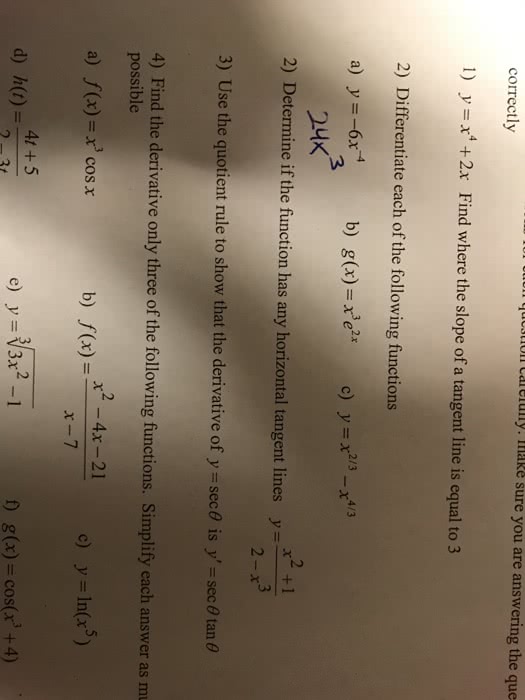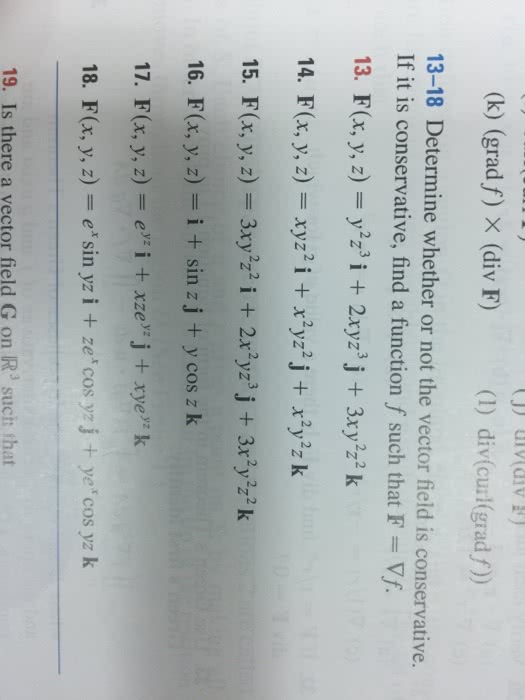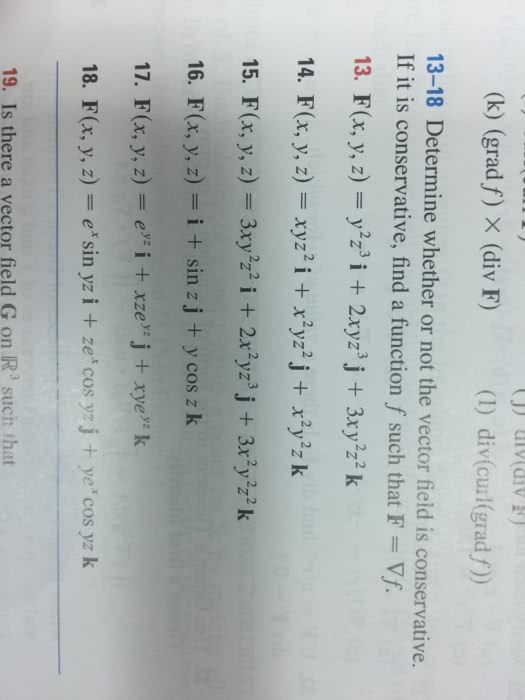MATH 2B Lecture Notes - Lecture 30: Antiderivative, Chain Rule, Power Rule

74
MATH 2B Full Course Notes
Verified Note
74 documents
Document Summary
Antiderivatives: derivative noted as (cid:3031)(cid:3031) o(cid:396) f", power rule for derivatives: (cid:1876)(cid:3028) -> (a) (cid:1876)(cid:3028) (cid:2869) (where a is a constant, (cid:3031)(cid:3031)ln(x) = (cid:2869) derivative csc(x) Notes: if there is a constant a before the trig function (ex: a sin(x)) it also there in the derivative (a cos(x)) (cid:1871)(cid:1857)(cid:1855)(cid:2870)(x) tan (cid:2869)(cid:1876) (cid:883)(cid:883)+(cid:1876)(cid:2870) (cid:883)(cid:1876)(cid:2870)+(cid:883) (cid:1876) (cid:1876)(cid:2870) (cid:883) (cid:2869) (cid:2869) (cid:3118) and need to find the antiderivative, you take the integral (denoted by the sign (cid:4666)(cid:1857)(cid:1869)(cid:1873)(cid:1872)(cid:1861)(cid:1867)(cid:1866))). In this case, (cid:2869) (cid:2869) (cid:3118) + sin (cid:2869)(cid:1876) + c. the an indefinite integral. (cid:883) (cid:883)+(cid:1876)(cid:2870) reason why there is a +c is because there are not upper and lower bounds to the integral, so this what is called. The antiderivative is the reversal of the derivative. So, if we have the equation (cid:3029)(cid:3028: physics applications, s(t) is the position as a function of time, v(t) is the speed as a function of time, a(t) is the acceleration as a function of time.




